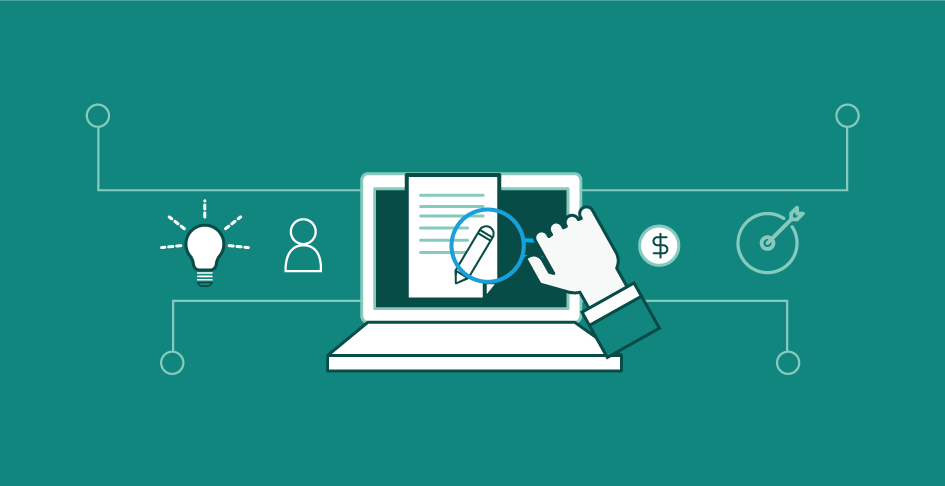Effective Techniques for Estimating in Plumbing
- Get link
- X
- Other Apps
In the competitive plumbing industry, accurate mechanical estimating is recognised as essential for success. Proper estimating ensures that plumbing projects are completed within budget and on schedule, which ultimately contributes to customer satisfaction and business profitability. This article explores effective techniques for mechanical estimating in plumbing, highlighting processes and tools that can enhance accuracy and efficiency.
Understanding Mechanical Estimating
Mechanical estimating involves predicting the costs of materials, labour, and overhead required for a plumbing project. It serves as a financial blueprint, assisting contractors in submitting competitive bids and managing project budgets effectively. Precision in mechanical estimating is achieved by considering various factors, including project scope, material costs, labour rates, and potential unforeseen challenges.
1. Detailed Project Analysis
A comprehensive understanding of the project is regarded as the foundation of accurate estimating. The project’s blueprints and specifications should be analysed thoroughly. This includes:
- Blueprints and Schematics: The plumbing diagrams should be reviewed to identify all fixtures, pipe runs, and connections. The layout and any special requirements must be noted.
- Project Scope: The scope of work, including the type of plumbing systems involved (e.g., residential, commercial, industrial), and any unique challenges should be understood.
- Site Conditions: The conditions of the job site, which might impact the installation such as accessibility, existing infrastructure, and potential obstructions, should be evaluated.
2. Use of Estimating Software
Modern estimating software is considered to be a significant asset in enhancing accuracy and efficiency. These tools offer features such as:
- Material Takeoffs: Automated material takeoffs are used to reduce human error by calculating the quantities of materials needed based on project blueprints.
- Cost Databases: Integrated cost databases in estimating software provide current pricing for materials and labour, aiding in the creation of more accurate estimates.
- Integration: Integration with other project management tools allows for seamless updates and tracking of project costs.
Popular estimating software options for plumbers include:
- Accubid: Known for its comprehensive features for material takeoffs, cost estimation, and bid management.
- PlanSwift: Valued for its ease of use and advanced takeoff capabilities.
- Bluebeam Revu: Provides robust tools for digitising blueprints and performing detailed takeoffs.
3. Accurate Material Cost Estimation
Estimating material costs requires precise calculation and current pricing. Techniques include:
- Unit Pricing: The project should be broken down into units of work, such as linear feet of pipe or number of fixtures. Unit prices are then applied to these quantities to estimate material costs.
- Vendor Quotes: Quotes should be obtained from multiple suppliers to ensure competitive pricing. Bulk discounts and delivery costs should be considered.
- Material Specifications: Different types and grades of materials, which can affect costs, should be accounted for. The estimate must reflect the specific materials specified in the project documents.
4. Labour Cost Estimation
Labour costs are known to vary based on factors such as the complexity of the work and regional wage rates. To estimate labour costs effectively:
- Task Breakdown: The project should be divided into specific tasks or phases. The time required for each task should be estimated, and appropriate labour rates applied.
- Labour Rates: Current wage rates for the trades involved in the project should be used. Costs for benefits, overtime, and any additional expenses should be included.
- Productivity Factors: The skill level of the workforce and the expected productivity rate should be considered. Experienced plumbers may complete tasks faster, impacting overall labour costs.
5. Contingency Planning
Unexpected issues are known to arise during plumbing projects, making contingency planning essential. Techniques include:
- Contingency Allowance: A percentage of the total estimate should be included as a contingency fund to cover unforeseen expenses.
- Risk Assessment: Potential risks that could impact the project, such as difficult site conditions or changes in regulations, should be identified. The estimate should be adjusted to account for these risks.
6. Review and Validation
Before finalising the estimate, it is crucial that the calculations be reviewed and validated. Techniques for review include:
- Cross-Checking: The estimate should be compared with similar past projects to ensure consistency and accuracy.
- Peer Review: Another estimator or team member should review the estimate for errors or omissions.
- Validation Tools: Built-in validation tools within estimating software should be used to check for discrepancies and ensure all calculations are correct.
7. Ongoing Estimating Practices
Maintaining accurate estimating practices requires ongoing effort and adaptation. Consider these practices:
- Continuous Learning: Staying updated on industry trends, material costs, and new technologies that can impact estimating is recommended.
- Feedback Loop: Feedback from completed projects should be gathered to refine estimating techniques and improve accuracy.
- Technology Integration: New technologies and tools that can enhance estimating processes and provide better insights should be embraced.
Conclusion
Accurate mechanical estimating is regarded as a vital component of successful plumbing projects. By utilising detailed project analysis, leveraging estimating software, and applying effective cost estimation techniques, plumbers can enhance their ability to provide competitive bids and manage project budgets efficiently. Emphasis on accuracy, thoroughness, and ongoing improvement is crucial to ensuring that plumbing projects are completed successfully and profitably. As the industry evolves, staying informed and adaptable will be key to maintaining a competitive edge in mechanical estimating.
- Get link
- X
- Other Apps



Comments
Post a Comment